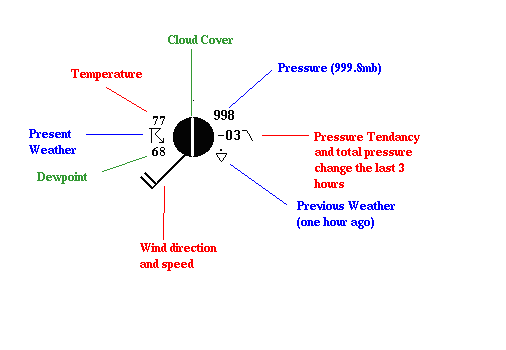We have been studying atmosphere this week and last week. Students will have to know the layers of the atmosphere:
Troposphere
Stratosphere
Mesosphere
Thermosphere: includes ionosphere and exosphere

They have a foldable we made in class on colored paper that will be a good study tool. We wrote all they need to know about each layer on the inside. We did a circle graph that showed them the composition of the atmospheric gases. (78% nitrogen, 21% oxygen, 1% other-water vapor, carbon dioxide, argon, etc.)
Students will also have to know about the 3 methods of heat transfer: conduction, convection, and radiation. We did a worsksheet called "The Heat is On" to help them distinguish between the three. They should have also wrote the definitions from the book somewhere in their notes.
We talked a lot about sea breeze and land breeze. We did a powerpoint and they took notes. They have a copy of this powerpoint with them. We also did a Gizmo to help them understand what they really mean. They should have their logins and passwords and are able to access this at home as well.
Their open response question will be about land and sea breezes.
Students will have to know the wind and pressure belts. We did a worksheet on wind belts. I told them they will need to memorize the graphic on the top of that page. It looks like this:
They will be asked questions about the positions of these without having the graphic. They will need to know the direction of air flow and what causes the air to flow in these directions (Coriolis effect).




